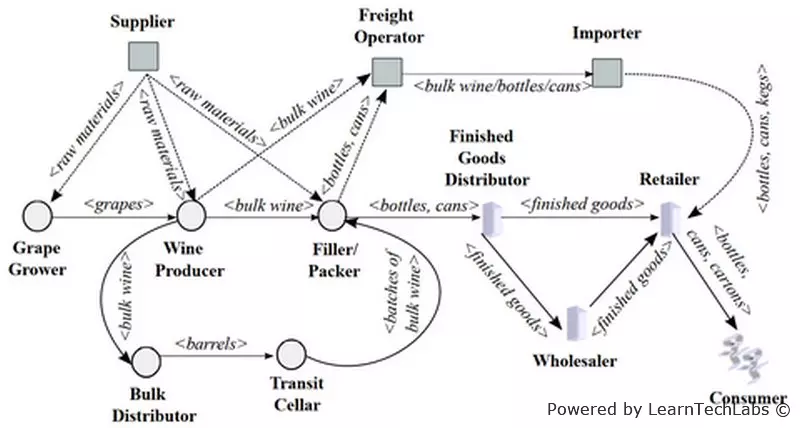Brazil can occupy a prominent place in the global economy, considering its advantages, such as its natural wealth, its capacity to produce food, its diversified industrial structure, its potential in biofuels and bioeconomy, and its clean energy matrix. For this, a change in mentality is needed, completely removing the narrow and erroneous vision that links any industrial policy to mistakes made in the past.
After all, why are tax and financial incentives to agriculture and cattle raising accepted by some opinion makers, contributing to the success of this area in Brazil, but the industrial sector cannot have similar treatment? In 2021, credit and financial subsidies to agriculture and cattle raising reached R$ 10.5 billion, against only R$ 1.8 billion directed to industries.
We are not advocating that the benefits given to agriculture and cattle raising be reviewed, but that the importance of the country entering, in a competitive way, in the current international race for attracting industrial investments be perceived. It is necessary to consider the positive reflexes that the industry has on the entire economy. In Brazil, for every R$ 1 produced by the sector, an additional R$ 2.44 is generated in the economy. This multiplier effect exceeds that of agriculture and cattle raising (R$ 1.72 for each R$ 1) and services (R$ 1.48 for each R$ 1).
Therefore, it is fundamental that the country stimulates the growth of the industrial sector. This necessarily involves reducing the Brazil Cost, the additional burden of producing here compared to other countries. It also involves the implementation of the proposals of the Industry Recovery Plan, a consistent document presented by the National Confederation of Industry (CNI) to the government and Congress.
The Brazil Cost has an overwhelming effect on the industrial sector, the most exposed to international competition. In 2022, the deficit in the trade balance of manufactured goods was US$ 128.2 billion. In 2007, the negative result was onlyUS$ 11 billion. That is, the Brazil Cost has removed the ability of the Brazilian industry to export and compete internally with imported products.
According to CNI estimates, if Brazil cut the trade deficit of manufactured goods to US$ 43 billion, the increase in industrial production would lead to the creation of 3.7 million jobs.
One of the impediments to economic recovery in Brazil is the high cost of productive financing. A fundamental organization to solve this problem is the BNDES, which needs to act as the main agent for inducing reindustrialization in the country. The direction of the bank's resources must be thought out with a focus on the new global reality. It is necessary to expand its operations in the industrial modernization and increase of productivity through innovation, low carbon economy and foreign trade. The government must strengthen the bank, expanding its financing capacity.
The industrial sector has lost importance in the BNDES' operations over the last few years. The participation of resources directed to industries fell from 47% (average from 2005 to 2010) of the total disbursements to 19% (2017 to 2022). On the other hand, the participation of resources directed to agriculture and cattle-raising grew from 7% to 24% of the total in the same comparison.
Around the world, development banks are financing green projects and the digitalization of companies. These banking houses are not only important in emerging countries, but also in advanced economies, providing resources for strategic sectors.
In countries such as Italy, South Korea, Germany, and China, the assets of development banks represent between 16% and 24% of GDP, a percentage slightly above that observed in Brazil, at 13%, according to data from 2016.
A crucial point in Brazil is the review and reduction of the volatility of the Long Term Rate (TLP), charged by BNDES in credit operations, with the adoption of more stable indexes for one of its components, which is inflation. But it is necessary to go further and think of more powerful mechanisms for financing innovative companies and startups, which are generally subject to high risks.
It is also an opportune moment for the bank to reformulate its role in official export credit, recreating, in line with the best international practices, the financing and guarantee system for foreign sales. The system has been practically paralyzed in the last few years, while other export credit agencies around the world have increased and improved their financing lines.
In 2021, the average disbursement in the 15 main countries that use this instrument was US$ 4.33 billion, while Brazil released only US$ 400 million. Here, between2010 and 2021, loans from the main export support program, the BNDES-Exim, fell 87%.
A new strategy for industrial development, with emphasis on the BNDES' operations, is essential to face the challenges of the global scenario, especially the need to decarbonize production, given the gravity of climate change. At the same time, digital technologies have been transforming production, production processes, and business models, making conventional systems obsolete.
The Covid-19 pandemic and the war in Ukraine have highlighted the fragility of global value chains. The production stoppage can still be felt, for example, in the automobile sector, where inputs such as computer chips are in short supply. Another change is related to the intensification of geopolitical disputes, notably between the United States and China.
This scenario leads countries to adopt ambitious industrial policy plans to face the fierce global competition. The United States, China, Germany, Japan, South Korea, the United Kingdom, and the European Union are already spending at least $12 trillion on these policies, mobilizing public instruments and resources that in some countries represent up to 10% of GDP.


